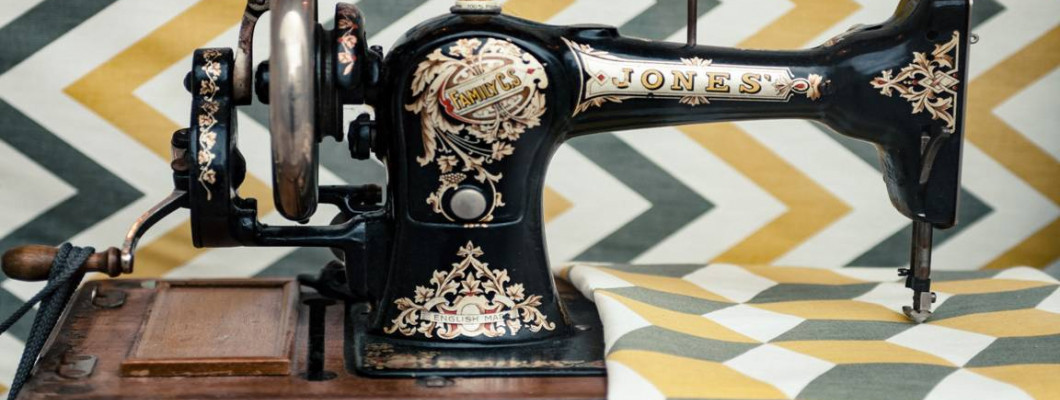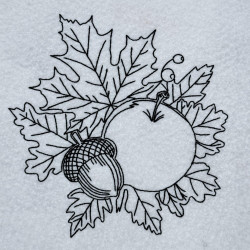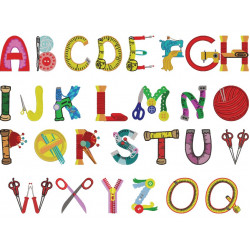02 Aug


A sewing machine is a useful tool, but not everyone uses it professionally. If this is your hobby and you like to make things from time to time, it is important to learn the proper way to store your sewing machine when not in use. With that in mind, let’s look at the most useful tips for storing your sewing machine!
Do the regular maintenance
Do not store a sewing machine that needs fixing. This is just good advice. It is better to have a professional look at it. However, you can also do proper machine maintenance yourself.
Read the manual from start to finish and pay special attention to the maintenance section. Also, go online and look for guides and tutorials on how to maintain your sewing machine. If the process looks complicated to you and you think you won’t be able to handle it, hire a professional to do it for you. That’s a better approach than accidentally breaking a piece.
Clean the machine before storing it
As with everything else, you must make sure that the sewing machine is thoroughly cleaned before you move it to a storage unit. This best practice will increase its lifespan and keep it protected when stored. If you fail to do this step, you are risking permanent damage to it. While you can always find spare parts and fix them, there is no reason to waste money on something you could have prevented yourself. With that in mind:
- blow out all the lint or use a lint brush
- wipe the exterior of the machine with a cleaning solvent
- make sure your sewing machine is dry before storing it
Oil the machine
One of the most important pieces of advice for all beginners is to always oil the sewing machine after use and before storing it. If you spent a lot of money to purchase a quality sewing machine for beginners, you should protect that investment.
Learn what oiling points need to be taken care of, and always use high-quality oil. An additional note is to use only the oil that does not have paraffin wax in it.
Cover the Sewing Machine in Protective Sheets
Most sewing machines have a case for storing. However, if you don’t have a plastic cover or the original packaging, use cloths and protective sheets to wrap it. First of all, this will prevent large quantities of dust to form on the surface. Second, it keeps the surface protected from impact. This is a crucial step for storing your sewing machine.
Temperature plays a crucial role when storing a Sewing Machine
Even though it may not look like it, the temperature of the storage is important. Extreme cold or warm temperatures are not good for any type of machine, because they have moving parts and oils. With that in mind, find a temperature-controlled storage unit.
Do not cram other things around the Sewing Machine
If you have a small storage unit or an attic, chances are you will have more things inside than it should be. When that happens, you usually have to take half of the storage out to get one thing you need. Then, you have to put everything else back in place.
During this tedious process, sometimes it happens that a thing or two falls down and breaks. Make sure that you make more room in your storage area for your sewing machine.
Best practices to do before storing your sewing machine
We have covered some of the most important tips for storing your sewing machine. However, let’s look at some of the best practices that are not necessary.
Replace the needles and threads
After you are done with sewing, think about what you want to do next. If you think that the needle needs to be replaced, do it before storing it. You might forget about that later. Furthermore, consider whether you want to remove the thread or change it. Finally, make sure that the threads are not tied in a knot, and that there are no loose pieces anywhere in the machine.
Organize your Sewing kit and Spare Parts
Taking care of the sewing kit is equally important as taking care of your sewing machine. Carefully organize your pins and needles, pincushions, scissors, threads, and thimbles. Furthermore, all spare mechanical parts should be cleaned and organized as well. If you don’t have a special box for this, spend some money and get one. It is a lot better to have everything in one place and close to your sewing machine. If you keep your sewing kit in multiple places, some things will get lost over time.
Keep everything together
I know I mentioned this in the previous section, but it is crucial to underline the importance of keeping all of your sewing-related stuff together. This does not apply only to storing your sewing machine.
If you are relocating your home, you don’t want to spend a lot of time looking for different parts. Things can get misplaced, and the best advice is to keep everything together.
The Best Tips for Storing your Sewing machine – delivered!
I hope that this short guide on storing your sewing machine gave you enough information to do it properly. To help you, even more, let me give you a quick summary:
- do machine maintenance before storing
- clean the machine and oil it properly
- make sure your sewing machine is well protected
- the storage area should have enough room, and the temperature should be moderate
- keep the sewing kit and spare parts together with the machine
All of these tips for storing your sewing machine are crucial if you wish to keep it safe between projects. They are even more important if you wish to go professional at one point. If you are interested in reading more, make sure to check out our other maintenance guides!
Until then, enjoy sewing and stay safe!
Have Fun Sewing & Embroidering!








-250x250.png)



































Leave a Comment